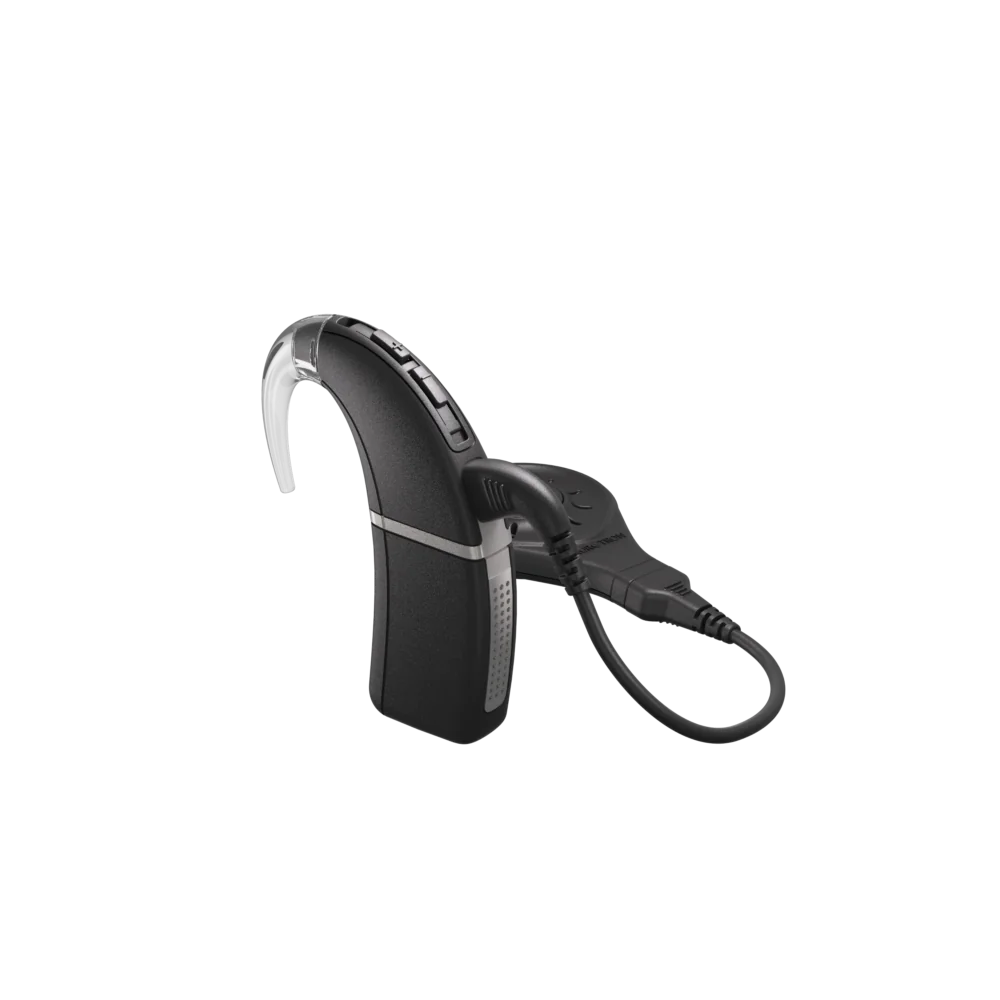Did you know that over 466 million people worldwide suffer from disabling hearing loss, according to the World Health Organization? Among these individuals, many are turning to advanced technologies such as bluetooth cochlear sound processors to enhance their auditory experiences. However, with innovation comes a complex web of legal and regulatory considerations that must be navigated.
An Overview of Bluetooth Cochlear Sound Processors
Bluetooth cochlear sound processors represent a significant advancement in auditory technology, allowing users to connect wirelessly to various devices for improved communication. From a legal standpoint, these devices must comply with numerous regulations concerning safety and efficacy set forth by agencies like the FDA in the United States or CE marking in Europe. Additionally, they fall under Intellectual Property Rights (IPR), which protect innovations related to their design and functionality. Understanding these attributes is crucial for manufacturers and consumers alike.
Find more about parts of a cochlear implant system.
The Parts of a Cochlear Implant System and Their Intellectual Property Rights
A cochlear implant system typically consists of several components: an external processor, an internal implantable device, electrodes, and accessories such as microphones or transmitters. Each part can be subject to different forms of intellectual property protection including patents for novel designs or functionalities. For instance, unique algorithms used within the processing unit may qualify for patent protection while trademarks might safeguard brand names associated with specific products. This multifaceted approach ensures that inventors retain exclusive rights over their creations while promoting further advancements in technology.
Nurotron’s Characteristics Regarding Intellectual Property Rights
Nurotron has established itself as a key player in the field of cochlear implants through its robust management of intellectual property rights:
- Patent Portfolio: Nurotron holds multiple patents covering innovative aspects of its cochlear implant systems.
- Trademark Protection: The company actively protects its brand identity through registered trademarks ensuring consumer recognition.
- Licensing Agreements: Nurotron engages in strategic licensing agreements that allow collaboration while safeguarding proprietary technologies.
- Caution Against Infringement: The firm rigorously monitors potential infringements on its IP rights globally.
- Sustainability Initiatives: By investing in R&D protected by IPRs, Nurotron contributes not only to technological progress but also promotes sustainable practices within the industry.
A Conclusion on Bluetooth Cochlear Sound Processors’ Intellectual Property Rights

The landscape surrounding Bluetooth cochlear sound processors is marked by intricate legal frameworks designed to protect both innovators and consumers. Through understanding their parts’ intellectual property characteristics—especially those exemplified by companies like Nurotron—we can appreciate how vital these protections are for fostering continued development within this life-changing technology sector. Ultimately, navigating this terrain requires diligence from all stakeholders involved—from manufacturers striving for compliance to users seeking effective solutions for hearing enhancement.
